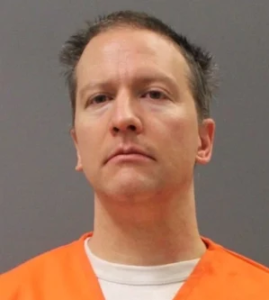
The recent declaration by the Biden administration labeling xylazine-laced fentanyl as an emerging drug threat is a stark reminder of the ongoing battle against illicit substances in our nation. While the focus has predominantly been on fentanyl and its devastating impact, we must not overlook the imminent danger posed by another dangerous substance: tranq, also known as xylazine. It is only a matter of time before this lethal drug finds its way into communities like Pahrump, endangering lives and ravaging our society.
The history of xylazine misuse dates back to 1979 when the first case of xylazine toxicity was reported in a self-medicating individual. Since then, it has gained popularity as a recreational drug, particularly in the United States and Puerto Rico. The alarming rise in inmate deaths associated with xylazine use at the Guerrero Correctional Institution in Puerto Rico is a testament to the severity of this issue. The consequences of xylazine abuse are further compounded by its combination with other substances like heroin and cocaine, forming the notorious “speedball.”
What makes tranq particularly insidious is its ability to deceive users. Often used as an adulterant in drugs like heroin and fentanyl, xylazine intensifies the high and creates a more potent and deadly experience. Moreover, its physical side effects are alarming, ranging from respiratory depression and hypotension to diabetes mellitus and hyperglycemia. Chronic use of xylazine, especially when combined with opioids, leads to physical deterioration, dependence, abscesses, and excruciating skin ulceration that can require amputations in severe cases.
The implications of the xylazine epidemic go beyond individual health. The drug’s distribution in the body, coupled with its addictive properties, presents significant challenges in treating addicted users. With xylazine increasingly found in drug paraphernalia containing fentanyl, the risks of fatal drug poisoning skyrocket. The absence of a specific antidote for xylazine overdose only adds to the urgency of the situation.
While the Biden administration’s recognition of xylazine-laced fentanyl as an emerging drug threat is a step in the right direction, more must be done to combat this impending crisis. Law enforcement agencies should increase efforts to seize xylazine-fentanyl mixtures and dismantle the networks responsible for their distribution. Strict border control measures should be implemented to prevent the smuggling of these lethal substances into our communities.
Education and awareness campaigns are vital in informing the public about the dangers of tranq and discouraging its use. Collaboration between government agencies, healthcare providers, and community organizations is essential to disseminate information about the devastating consequences of xylazine abuse. Additionally, access to addiction treatment and rehabilitation services must be expanded to help those struggling with xylazine addiction recover and rebuild their lives.
It is crucial for local authorities in Pahrump and neighboring communities to be proactive in preparing for the inevitable arrival of tranq on their streets. Enhanced training for law enforcement officers, equipping them with the knowledge and tools to detect and respond to xylazine-related incidents, can make a significant difference. Collaboration with healthcare professionals to establish protocols for identifying and treating xylazine overdose cases is equally important.
The battle against xylazine and its potential infiltration into Pahrump requires a multi-faceted approach. We must prioritize prevention, education, and law enforcement efforts to safeguard our communities. By staying vigilant and taking decisive action, we can mitigate the devastating impact of this deadly drug and protect the lives of our citizens. Together, we can conquer the threat of tranq and create a safer and drug-free future for Pahrump.




